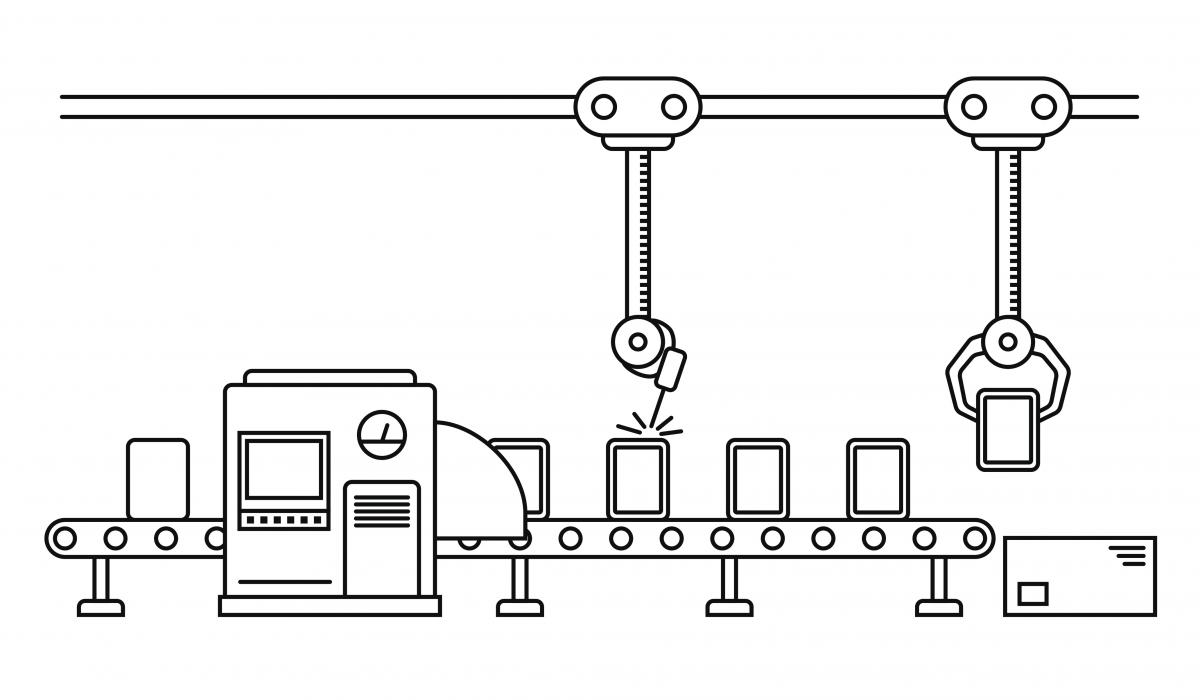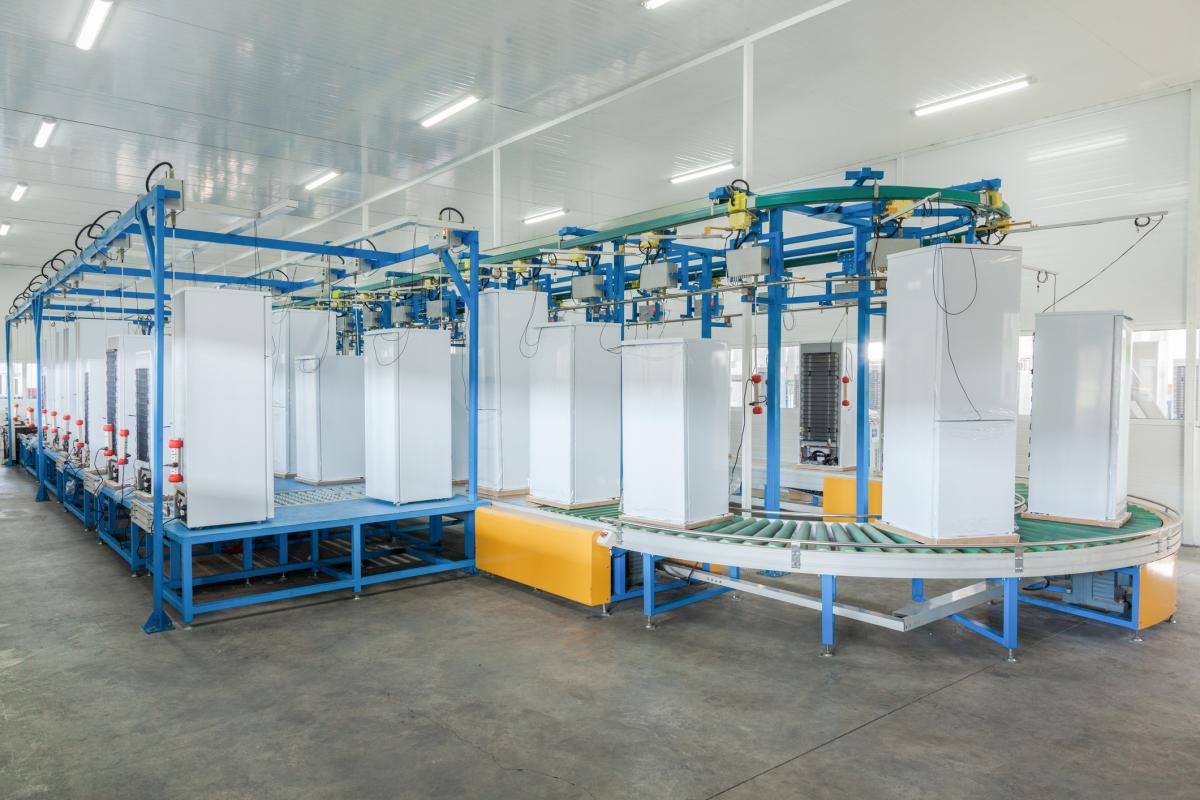Cooling Equipment Manufacturing
Cooling Equipment Manufacturing
The Montreal Protocol funds the conversion of manufacturing lines for cooling equipment to environmentally friendly non-ozone depleting refrigerants in developing countries (so called “Article 5” or A5 Parties). With the  adoption of the Kigali Amendment to the Montreal Protocol, it will now also fund conversions to phase down hydrofluorocarbon refrigerants. Separately, energy efficiency improvements also may require redesign of cooling equipment and corresponding retooling of manufacturing lines.
adoption of the Kigali Amendment to the Montreal Protocol, it will now also fund conversions to phase down hydrofluorocarbon refrigerants. Separately, energy efficiency improvements also may require redesign of cooling equipment and corresponding retooling of manufacturing lines.
Ensuring both refrigerant transition and energy efficiency improvement are coordinated has the potential to keep costs low for manufacturers, consumers, and funding agencies such as the MLF (Multilateral Fund for the Implementation of the Montreal Protocol).
The ability to rapidly adapt or reconfigure production systems to manufacture higher efficiency and low global warming potential (GWP) refrigerant cooling systems can be a pain point for manufacturers, particularly for small and medium manufacturers (SMEs). Conversion costs are considered any manufacturing cost that does not include the direct cost of raw materials. Some prototype options that show low cost in the designing phase can prove  to be more expensive in the production phase if the manufacturing line conversion requirements and costs are significantly high. In addition to the up-front investment into new manufacturing equipment or processes, there can also be additional considerations and costs, such as different testing equipment and area for the new product and reconstruction of the refrigerant storage area.
to be more expensive in the production phase if the manufacturing line conversion requirements and costs are significantly high. In addition to the up-front investment into new manufacturing equipment or processes, there can also be additional considerations and costs, such as different testing equipment and area for the new product and reconstruction of the refrigerant storage area.
New products can be substantially more expensive to manufacture at the beginning, since there are fewer economies of scale. Increased volume of production can optimize raw materials, provide experience to workers, and make production more efficient, thus, eventually lead to accessible and affordable high efficiency and low-GWP refrigerant cooling products.
Berkeley Lab’s Global Cooling Efficiency Program focuses on designing high efficiency and low-GWP refrigerant cooling systems with manufacturing and cost optimization in mind. Identifying the true cost and requirements of a design option to the manufacturers and consumers is the core of our research. Towards this goal, our work aims to help small and medium manufacturers having technology upgrades for both efficiency improvement and low-GWP refrigerant transition simultaneously. This effort will ease the burden on manufacturers’ design cycles, which typically occur at two- to three-year intervals.